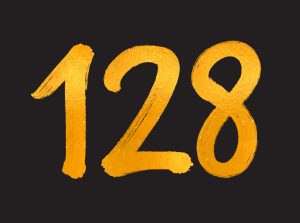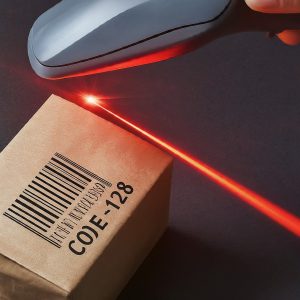The zip code 1 is an intriguing concept, a numerical sequence that sparks curiosity and raises questions about its potential existence and significance. While not an official zip code within the United States Postal Service (USPS) system, the idea of a single-digit code has captured the imagination of many. This article delves into the world of zip codes, exploring the structure and purpose of these essential identifiers, and examines the hypothetical scenarios and implications of a zip code 1.
Understanding Zip Codes: The Foundation of Mail Delivery
Before we delve into the hypothetical realm of zip code 1, let’s establish a solid understanding of zip codes and their role in the postal system.
The Purpose of Zip Codes
Zip codes, short for Zone Improvement Plan codes, are five-digit numbers assigned to specific geographic areas in the United States. They were introduced in 1963 by the USPS to streamline mail sorting and delivery, making the process faster, more efficient, and less prone to errors.

The Structure of Zip Codes
Each digit in a zip code carries meaning, providing progressively more specific information about a location:
- National Area: The first digit represents a group of states.
- Sectional Center Facility (SCF) or Large City: The second and third digits indicate a processing and distribution center or a major metropolitan area.
- Delivery Area: The final two digits pinpoint a specific delivery area, such as a neighborhood, group of streets, or even a single large building.
Valid Zip Code Range
Legitimate zip codes in the contiguous United States range from 00501 (Holtsville, NY) to 99950 (Ketchikan, AK), with some exceptions for specific territories and military installations. The zip code 1 falls outside this conventional range, raising questions about its feasibility and potential uses.
Zip Code 1: A Hypothetical Construct
The zip code 1 is a hypothetical construct, a thought experiment that explores the implications of a single-digit postal code. While it doesn’t exist in reality, it serves as a useful tool for understanding the logic and limitations of the zip code system.
The Simplicity of a Single Digit
A single-digit zip code, like zip code 1, would represent the simplest possible form of a postal code. It would offer minimal information about a location, perhaps only indicating a broad geographic region or a major city.
Challenges and Limitations
Such a simplified code would face significant challenges in a vast and diverse country like the United States. It would not be able to adequately differentiate between the numerous cities, towns, and neighborhoods that require unique identifiers for efficient mail delivery.
The Need for Granularity
The current five-digit zip code system, and even the more precise ZIP+4 codes, provide the necessary granularity to ensure that mail reaches its intended destination accurately and efficiently. A single-digit code would lack this level of specificity, leading to potential delays, misdeliveries, and increased costs for the USPS.
شاهد المزيد فى All
Hypothetical Scenarios: Exploring the Possibilities
While a zip code 1 may not be practical in reality, exploring hypothetical scenarios can shed light on the potential uses and implications of such a code.
A Unified National Code
In a hypothetical scenario where the entire United States was assigned a single zip code, it could simplify certain aspects of mail processing and data management. However, it would also create significant challenges in terms of differentiating between locations and ensuring accurate delivery.
A Code for a Specific Purpose
A zip code 1 could potentially be used for a specific purpose, such as designating a government agency or a large institution with a nationwide presence. This would allow for streamlined mail delivery and simplified addressing for that particular entity.
A Symbolic Code
In a more symbolic context, the zip code 1 could represent unity, national identity, or a shared purpose. It could be used in marketing campaigns, branding initiatives, or cultural events to evoke a sense of togetherness and national pride.
The Future of Zip Codes: Adapting to the Digital Age
While the zip code 1 remains a hypothetical concept, the future of zip codes is constantly evolving.
Digital Addressing Systems
Emerging technologies like what3words are providing alternatives to traditional addresses. These systems use unique combinations of three words to pinpoint precise locations, potentially reducing the reliance on numerical zip codes.
Integration with New Technologies
Zip codes are also being integrated with new technologies, such as GPS and geolocation services, to enhance the accuracy and efficiency of mail delivery. These advancements are shaping the future of postal codes and addressing in a digital world.
Conclusion: The Zip Code 1: A Thought Experiment with Real-World Implications
The zip code 1, while a fictional concept, serves as a thought experiment that highlights the importance of zip codes in our daily lives. It reminds us of the challenges that would arise without a granular addressing system and the potential implications of a unified national code.
As we navigate an increasingly digital world, the role of zip codes may evolve, but their fundamental purpose in facilitating communication and commerce will remain. Whether it’s a five-digit code, a nine-digit ZIP+4 code, or a hypothetical single-digit code, zip codes are a testament to human ingenuity and the ongoing quest for efficiency and accuracy in the delivery of information.



